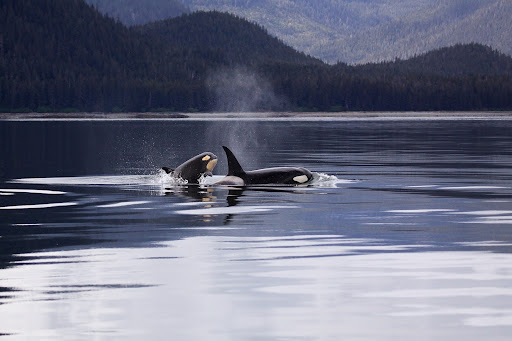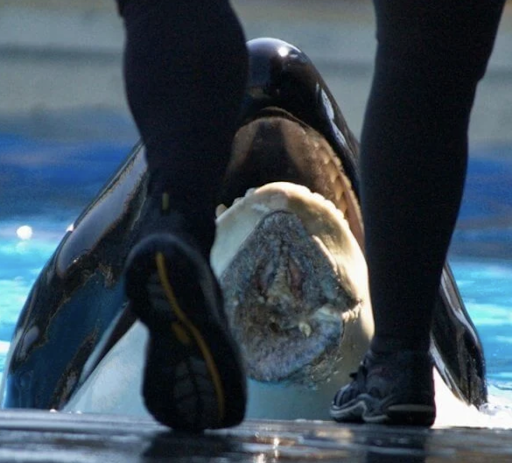The Torment of Orcas in Captivity

Photo Source: Pexels.com
January 7, 2023
Since 1961, orca whales have been forcefully removed from their natural habitats and families to be exploited for entertainment. The capturing of wild orcas has caused certain populations to become endangered.
Corky is currently the oldest orca living in captivity. She resides at SeaWorld San Diego. When abducted from her mother and pod in 1969, she was still only a calf. SeaWorld does not care about the family bonds between their orcas. Family units stay together in the wild for life, but SeaWorld has a pattern of separating mothers from their calves. Corky’s mother and her siblings were not captured along with her. Her mother has since died, but she has a brother and sister who are still thriving in the wild.
While in captivity, Corky was bred six times. She was pregnant for almost ten consecutive years. Her longest surviving calf lived for only 46 days. After traumatically losing multiple babies, SeaWorld continued to breed Corky so they would have a new generation of orcas to exploit and mistreat.
Of her babies that were born alive, none of them could properly nurse. This is a skill Corky would have learned from observing the other mothers in her pod. When Corky’s second baby could not nurse, the SeaWorld staff tried to force feed him with a bottle. He died 11 days after birth from pneumonia and colitis. The colitis was caused by bacterial contamination of the formula the staff gave him.
In their natural ocean habitat, female orcas start to breed at 14-15 years old. SeaWorld forces them to begin breeding at a younger age. Corky gave birth for the first time when she was 11 and another orca named Takara when she was ten.
Female orcas having calves while still young and unlearned in mothering contributes to the mortality of calves. Takara’s daughter, Kohana, was bred at Loro Parque, a zoo in Spain, when she was only eight. She rejected her first calf and it had to be raised by humans. Despite this, she was bred again and rejected her second calf too which ended up dying.
There has never been a case of an orca attacking a human in the wild. Captive orcas have killed four people; three of them were killed by Tilikum, an orca who lived at SeaWorld. The stress of captivity causes orcas to become unnaturally violent. Tilikum violently drowned a trainer at Sealand of the Pacific in 1991. SeaWorld of Orlando Florida bought him even though they knew he had killed someone. At SeaWorld, he went on to kill another one of his trainers and a guest who was at the park after hours.
Orcas in captivity aren’t only violent to humans, but also to each other. Orca families in the wild rarely ever fight, but when SeaWorld forces orcas that would have never met in the wild to live together, it results in violence and injuries. The Animal Welfare Act says, “marine mammals that are not compatible must not be housed in the same enclosure.” SeaWorld is in clear violation of this act.

SeaWorld claimed the orca below, Nakai, sustained the pictured injury from contact with the wall of his pool, but the founder and principal scientist of the Orca Research Trust said that orca bite indents can be seen in the wound. Nakai shared his pool with two other orcas, Keet and Ikaika, who the conflict could have occurred with.
After years of protest from animal advocates, SeaWorld no longer breeds their orcas. SeaWorld’s orcas should all be retired to a sanctuary where they can live out their lives with a semblance of normalcy.
